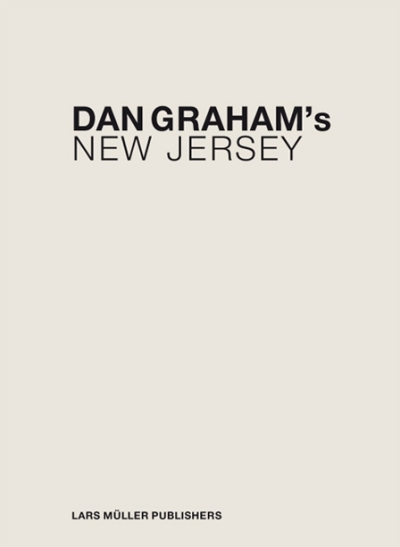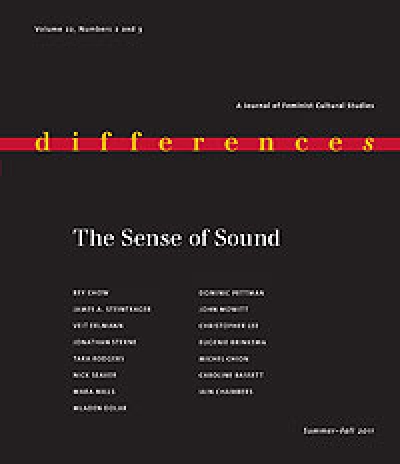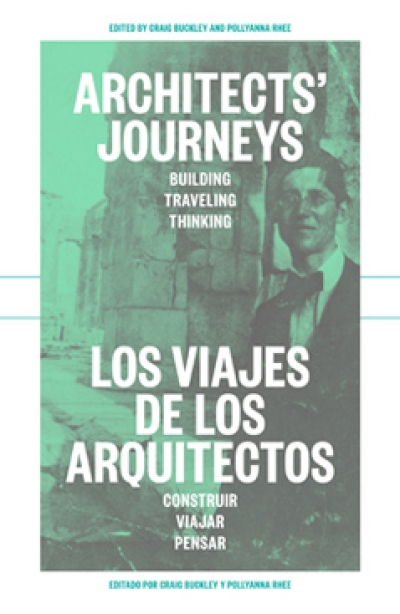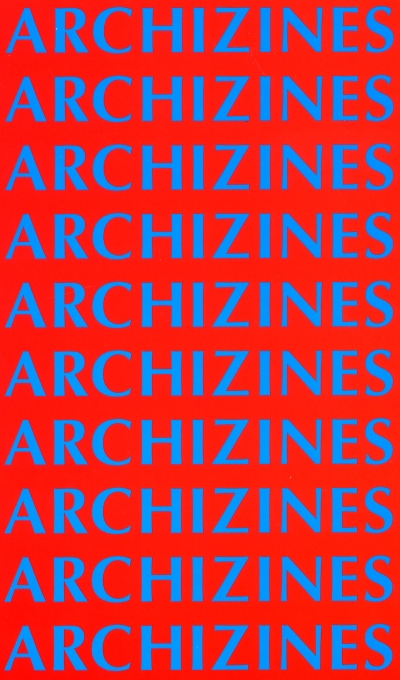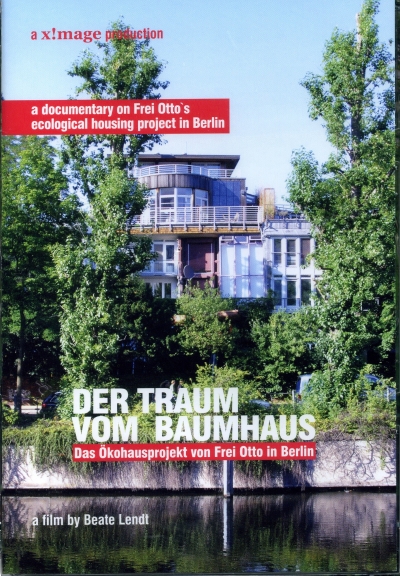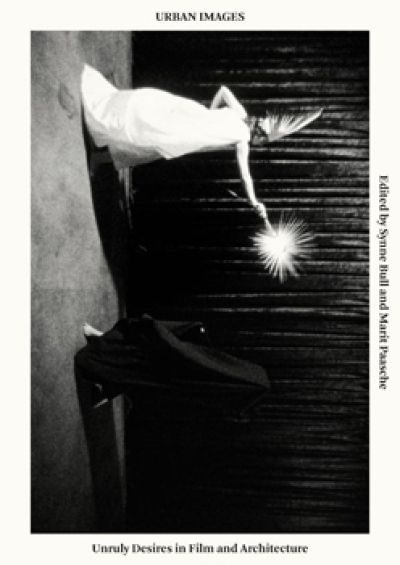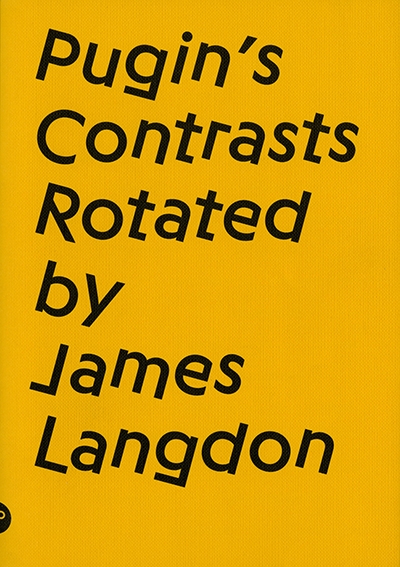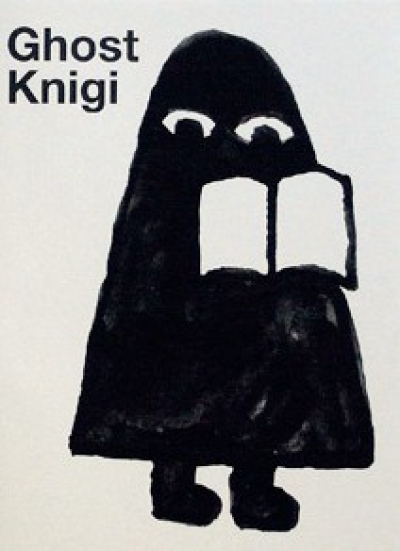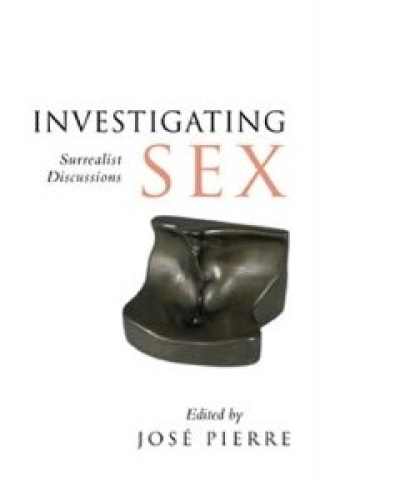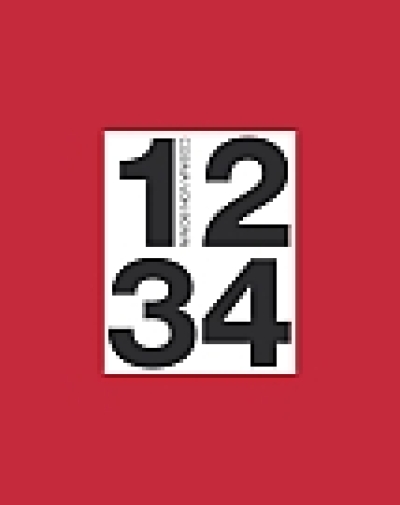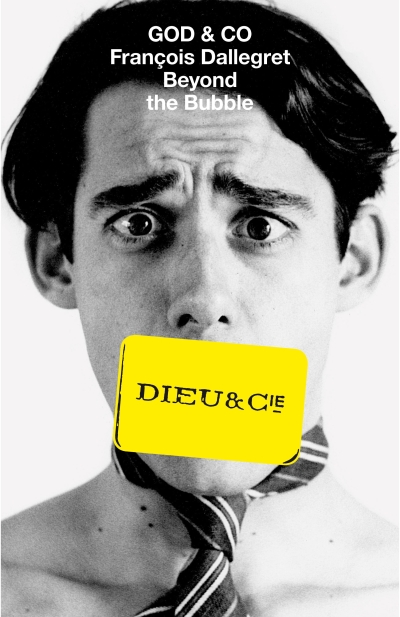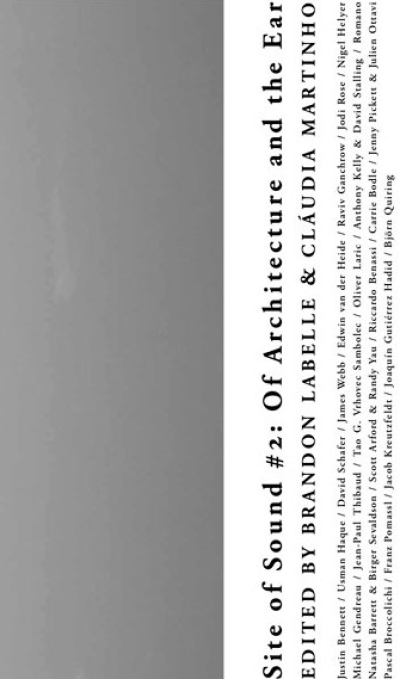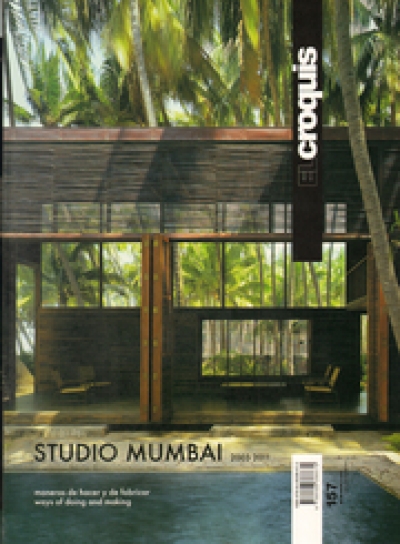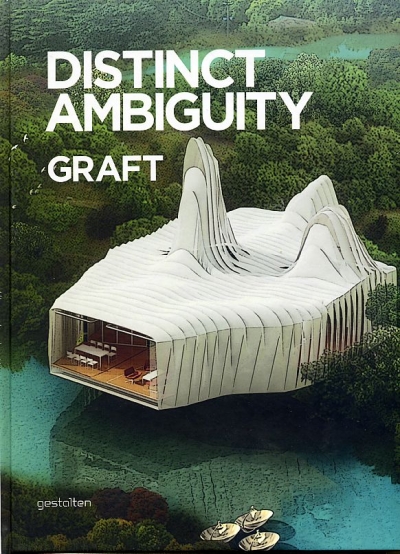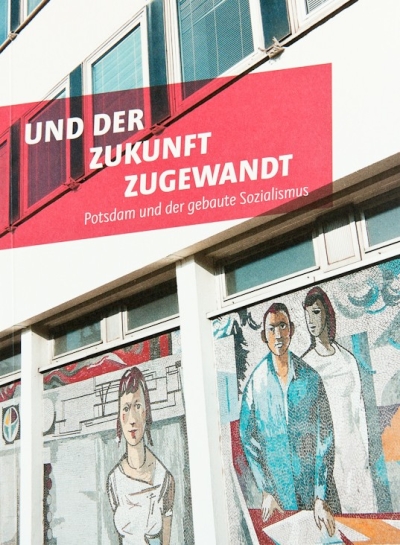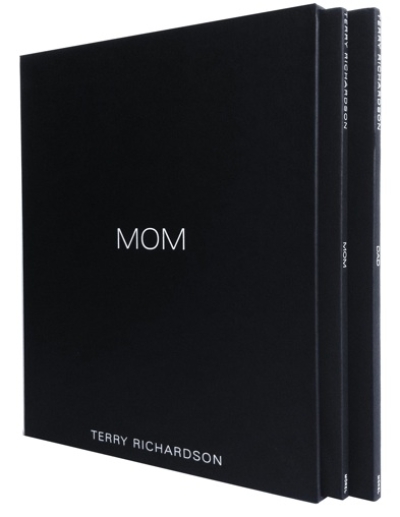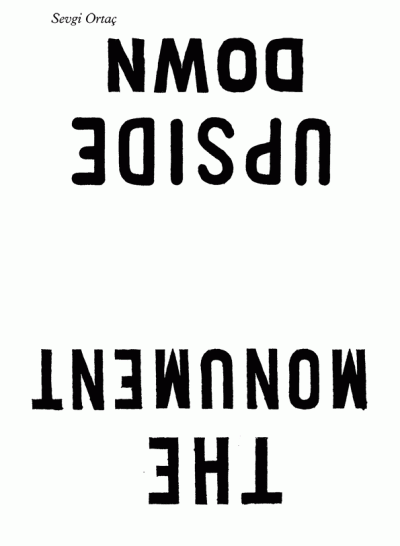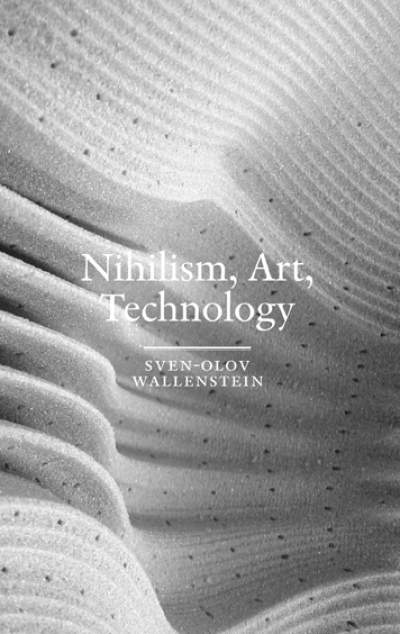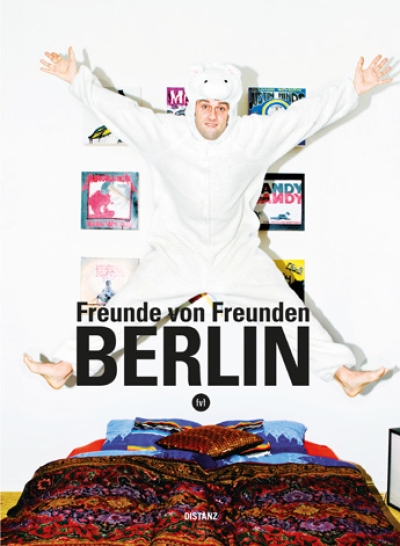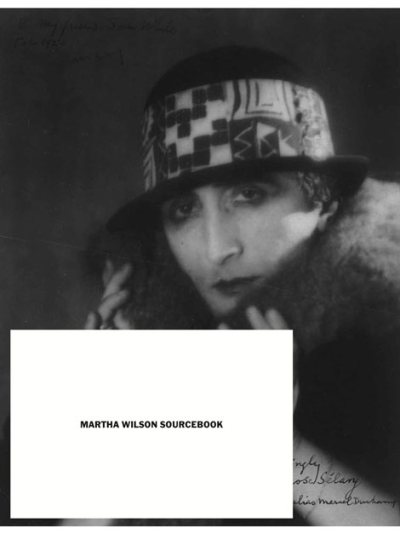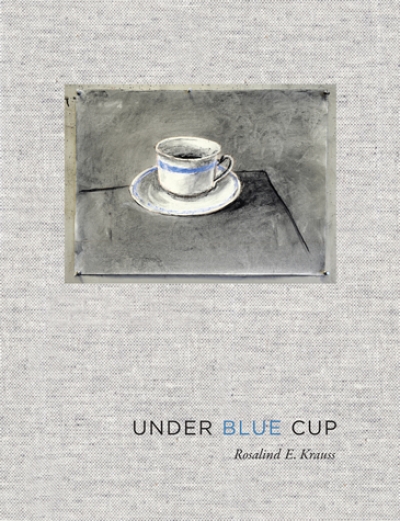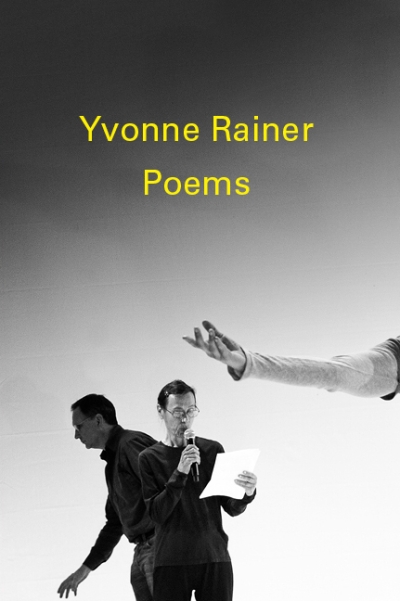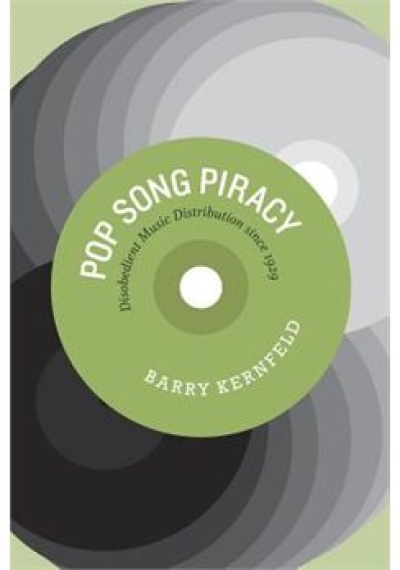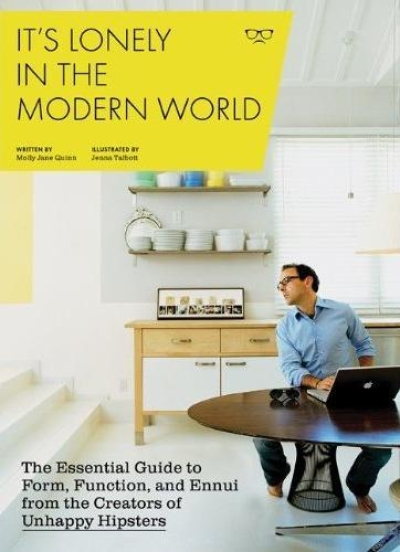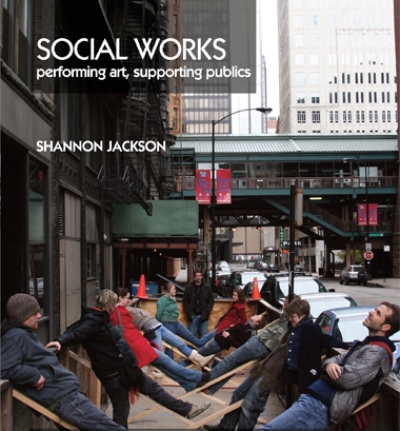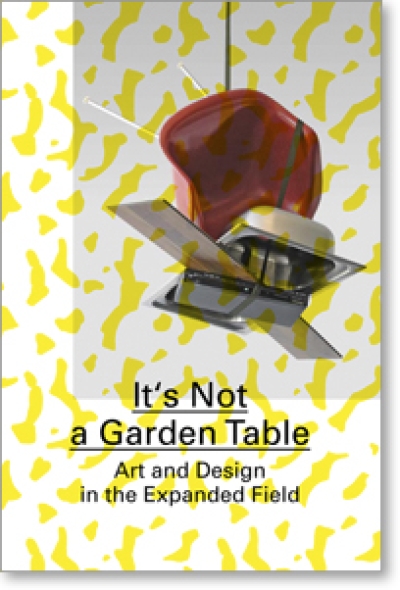
Dance with Camera
Against the backdrop of the histories of cinema, postmodern dance and performance art, Dance with Camera focuses on the myriad ways visual artists use dance to explore broader themes. Spanning six decades, works by 35 artists and filmmakers propose a rich history of pairing dance and the camera. In video dances made by Merce Cunningham and Charles Atlas choreography is designed for the camera's frame. The camera allows close-ups that bring us in proximity to the dance as in works by artists such as Tacita Dean, Maya Deren and Joachim Koester. Photographic series by Kelly Nipper, Christopher Williams and Elad Lassry freeze time while expanding the notion of dance as a time-based medium. Editing techniques conjure dances impossible in real time in works by Eleanor Antin, Oliver Herring and Bruce Conner.
"The camera, it almost need not be stated, captures things that move. And in the early years of cinema, filmmakers and audiences were enamored of things that moved: trains, horses, rivers, and most of all, dancers. Unlike speeding trains and galloping horses, dancers were the right size for stages and film studios, thereby giving early filmmakers, who were limited by bulky equipment and the need for controlled lighting, the perfect subject. It was immediately evident that dance and film were unusually compatible. In 1894 Thomas Edison filmed dancer Annabelle Moore at his Black Maria studio in New Jersey. Here was the first pas de deux between dancer and camera, a performance whose premier audience was the camera lens. But thousands more saw it through the mediated experience of the moving picture: kinetoscope peep-show films made Annabelle one of the first film celebrities. Her celluloid self was also seen (along with an umbrella dance by the Leigh sisters) on April 23, 1896, in New York City at the first commercially projected film screening in the United States. Audiences cheered. From dance's pivotal role in the nascent medium of film, one can trace a line through Hollywood musicals, experimental film, MTV, YouTube and visual art." -- Excerpted from Jenelle Porter's essay, "Pas de Deux" in Dance with Camera.





